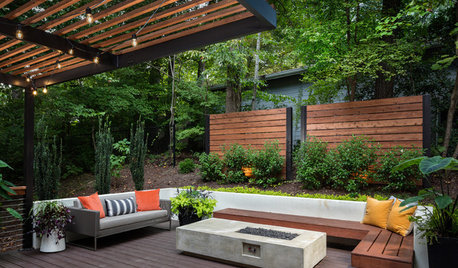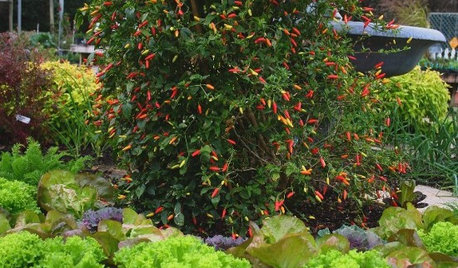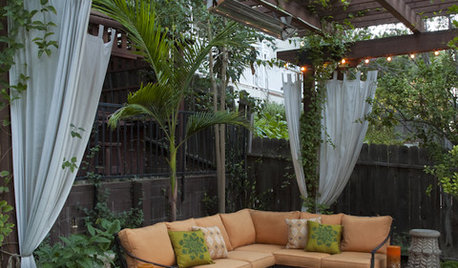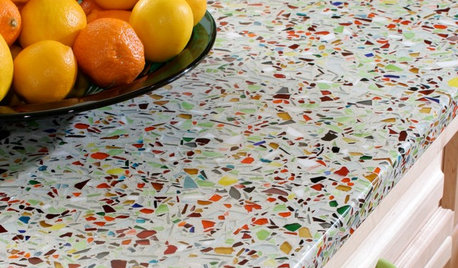Best heat resistant tomato varieties?
zander123
11 years ago
Featured Answer
Comments (21)
digdirt2
11 years agogrow4free
11 years agoRelated Professionals
Baltimore Landscape Architects & Landscape Designers · Leawood Landscape Architects & Landscape Designers · Battle Ground Landscape Contractors · Milton Landscape Contractors · Smyrna Landscape Contractors · Selma Landscape Contractors · El Monte General Contractors · Franklin General Contractors · Glenn Dale General Contractors · Monroe General Contractors · Panama City Beach General Contractors · Riverdale General Contractors · Stoughton General Contractors · Woodland General Contractors · Lauderdale Lakes Decks, Patios & Outdoor EnclosuresMaryMcP Zone 8b - Phx AZ
11 years agozander123
11 years agoeuarto_gullible
11 years agodigdirt2
11 years agoLauraTaylor123
11 years agoMaryMcP Zone 8b - Phx AZ
11 years agodigdirt2
11 years agoLauraTaylor123
11 years agobarrie2m_(6a, central PA)
11 years agomissingtheobvious
11 years agohellbound
11 years agogrowsy
11 years agobarrie2m_(6a, central PA)
11 years agomissingtheobvious
11 years agospacetogrow
11 years agotucson_tomato
10 years agonewtoucan
10 years agoseysonn
10 years ago
Related Stories

EDIBLE GARDENSSummer Crops: How to Grow Tomatoes
Plant tomato seedlings in spring for one of the best tastes of summer, fresh from your backyard
Full Story
GARDENING GUIDES6 New Plant Varieties That Beat Out Their Parents
With better resistance and fewer demands, these garden beauties are worth a spot on your wish list
Full Story
CONTAINER GARDENS7 Deer-Resistant Flowers for Your Summer Containers
Grow these as protection for edibles or just for their colorful beauty — deer might not like them, but everyone else will
Full Story
GARDENING GUIDESGreat Garden Combo: 3 Wonderful Plants for a Deer-Resistant Screen
Protect your privacy and keep deer at bay with a planting trio that turns a problem garden area into a highlight
Full Story
GARDENING AND LANDSCAPING8 Rot-Resistant Woods for Your Outdoor Projects
No need for chemical treatments on your deck or pergola. These woods stand up to weather, insects and time beautifully on their own
Full Story
GREEN BUILDINGInsulation Basics: Heat, R-Value and the Building Envelope
Learn how heat moves through a home and the materials that can stop it, to make sure your insulation is as effective as you think
Full Story
EDIBLE GARDENS6 Summer Edibles That Can Really Take the Heat
When garden temperatures soar, these herbs and vegetables rise to the challenge
Full Story
GARDENING AND LANDSCAPINGChill Out: 10 Cool Ways to Beat the Heat Outdoors
Step away from the A/C's artificial blast — and treat yourself to these more natural cool-down methods in the great outdoors
Full Story
KITCHEN DESIGNKitchen Counters: Sturdy, Striking Recycled Glass With Cement
Ecofriendly and full of character, this heat- and scratch-resistant material is a great fit for custom kitchen counters
Full Story
GARDENING GUIDESCalifornia Gardener's June Checklist
Update your hydrangeas, catch up on tomatoes and more ways to enjoy your California garden in June
Full StoryMore Discussions







jrslick (North Central Kansas, Zone 5B)